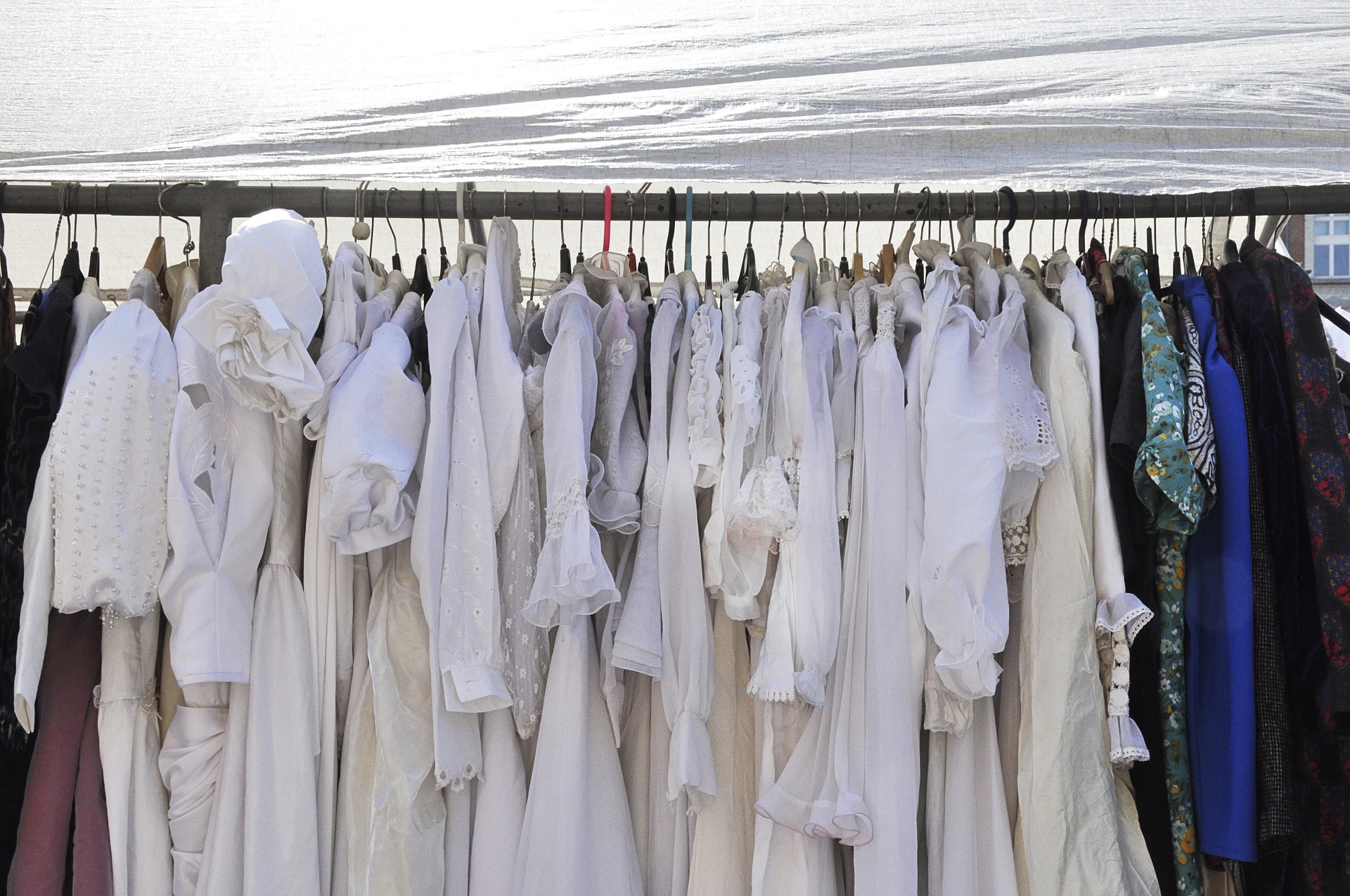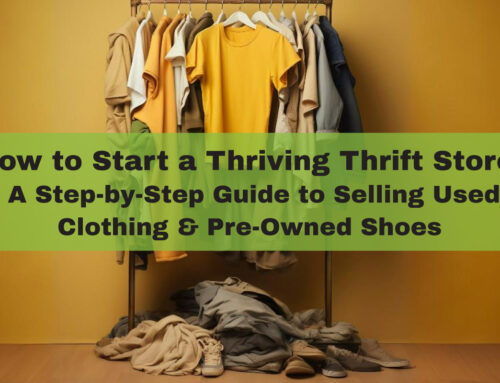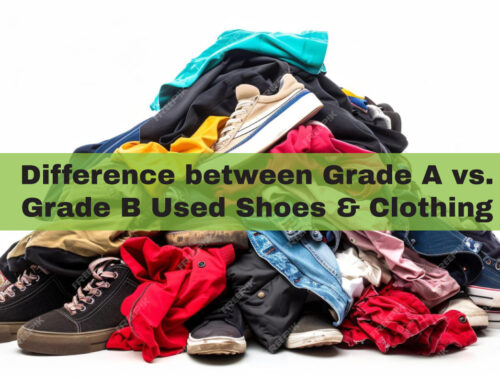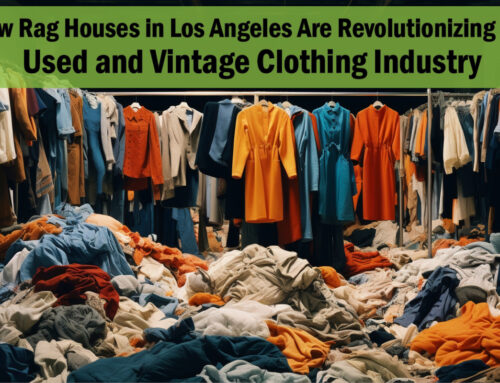Currently, the clothing industry is at the brink of a fundamental retail transformation. Consumers are embracing sustainability while retailers are prioritizing resale. Even policymakers are getting on the circular economy train. Pollution-causing industries have the might to transform when technological advancements clash with the motivations of businesses, consumers, and governments. The world has clearly observed this transformation with solar energy and electric cars. What’s next? Used clothing and circular fashion.
Our blog will shed light on the power of second-hand fashion and its ability to act as a catalyst of change across the clothing industry.
Projected trends
The fashion industry is adopting an ecological mindset. Within the next ten years, the resale fashion market is projected to grow faster than regular retail. Experts predict the used clothing market will grab twice the market compared to fast fashion. The research organization GlobalData predicts that the resale market is increasing eleven times faster than regular retail. In fact, this market will grow in value to $84 billion. Meanwhile, fast fashion will be worth around $40 billion by 2030.
Currently, the resale market is valued at $36 billion. The used clothing or resale market will double and reach $77 billion in the next five years. The availability of curated assortments is behind this trend.
The data indicates that as more consumers adopt resale clothing, second-hand fashion increases faster than sustainable fashion. The development of easy-to-use resale sites is making the buying and selling process more appealing and straightforward for consumers. This trend had a dramatic increase in the last twelve months. GlobalData states that in 2021, 118 million customers tried to resell used clothing for the first time, and in 2020, this figure was only 36.2 million.
Another factor behind the growth of resale is sellers putting an assortment of products on the market.
If purchasing and reselling used fashion can displace new clothing purchases, it indicates that second-hand clothing has the power to transform fashion. GlobalData further explained that even though Gen Z and Millenials are steadfast about purchasing sustainably, there is a decrease in consumers who would purchase new sustainable fashions. The cost, green-washing, and confusion surrounding what brands consider ‘sustainable’ fashion are responsible for this trend. In addition, consumers consider sustainably marketed fashion to be less transparent than used clothing.
When did this trend grow?
Although buying and selling resale is not a new trend, its popularity shot up during the pandemic. Consumers purchased less in 2020, but they stuck to thrifting. In fact, thrifting became the norm during this time, and it’s expected to hang around. In 2020, nearly 33 million consumers purchased used clothing for the first time. Most of those buyers plan to increase their spending habits to 76% in the next five years. Post-Covid, resale fashion is projected to grow by 5.4 times.
The environmental impact of buying used clothing
According to Global Data, nearly nine billion clothing items are sitting idle in customers’ closets right now. What’s astounding is thirty-six billion pieces of clothing are thrown into the trash every year. Nearly ninety-five percent of these can be resold in a second-hand fashion.
Clearly, second-hand fashion diverts usable clothing from taking up space in the landfills. In addition, purchasing used reduces carbon dioxide emissions from new clothing production. For instance, when you purchase a used piece of clothing versus a new one, you’re displacing 17.4 lbs of carbon dioxide emissions, and this reduces your carbon footprint by 82%.
Similar improvements are visible with energy conservation. Making one piece of clothing takes 38.8 kWh of energy, whereas a used item requires only 4.8 kWh.
It takes 78.5 gallons of water to produce one clothing item, and if you purchase a second-hand item, it needs only 1.2 gallons.
Purchasing used clothing keeps usable garments out of landfill sites.
Why are more people getting on board with second-hand fashion?
Apart from being better for the environment, used fashion helps consumers save money. Surprisingly, customers purchased an average of seven items at every purchase.
Research from GlobalData indicates that sustainable retail is here to stay. The industry still has some work cut in terms of convincing younger generations to purchase it. However, many brands and fashion labels are making strides in the second-hand market, continuing to push this trend forward. Fast fashion will stall and eventually plunge.
Samiyatex is the largest exporter of second-hand clothing and footwear in the United States. The company specializes in grading and sorting a variety of gently used items such as brand labels, vintage clothing, shoes, mix rags, and wipers.
Are you ready to shop for quality, used clothing items? Visit us today.






